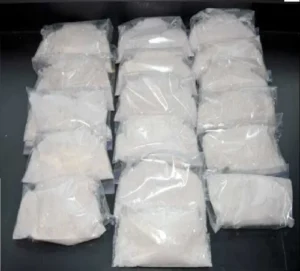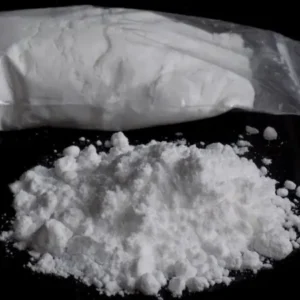Your cart is currently empty!
Fentanyl Powder – Compact Pack
Compact pack of fentanyl powder, suitable for small-scale pharmaceutical applications. At janssen fantanyl Pharmaceutical.ltd we supplier specific packaging format Fentanyl powder is a potent synthetic opioid primarily used in medical settings for pain management, particularly in cases of severe pain like that experienced during cancer treatment or post-surgery recovery. Its chemical designation is N-Phenyl-N-[1-(2-phenylethyl)-4-piperidinyl] propanamide,…
90 in stock
Description
Compact pack of fentanyl powder, suitable for small-scale pharmaceutical applications. At janssen fantanyl Pharmaceutical.ltd we supplier specific packaging format
Fentanyl powder is a potent synthetic opioid primarily used in medical settings for pain management, particularly in cases of severe pain like that experienced during cancer treatment or post-surgery recovery. Its chemical designation is N-Phenyl-N-[1-(2-phenylethyl)-4-piperidinyl] propanamide, and its CAS number is 437-38-7. Fentanyl’s extreme potency—estimated to be 50-100 times stronger than morphine—makes it highly effective for pain relief but also prone to misuse and abuse.
History and Development
Fentanyl https://pharmacocaine.com/fentanyl-powder/was first synthesized in 1960 by Dr. Paul Janssen. It emerged as a groundbreaking advancement in opioid pharmacology, offering rapid onset of action and potent pain relief. Over time, it has been formulated into various delivery systems, including patches, injections, lozenges, and sprays, expanding its medical applications.
Mechanism of Action
Fentanyl works by binding to the brain’s opioid receptors, primarily in regions regulating pain and emotions. This interaction alters the perception of pain, creating a sense of euphoria in some cases. Its high lipid solubility allows it to cross the blood-brain barrier swiftly, leading to its rapid effects.
Medical Uses
In controlled medical environments, fentanyl is invaluable for managing pain, especially when other opioids are insufficient. It’s often used during anesthesia for surgical procedures and for chronic pain patients requiring long-term relief. Fentanyl transdermal patches are a common choice for sustained release over several days.
Risks and Abuse Potential
The misuse of fentanyl, particularly illegally manufactured variants, has become a public health crisis. Illicit fentanyl is frequently mixed with other substances, such as heroin or cocaine, increasing the risk of overdose. Its potency means that even small variations in dose can lead to fatal outcomes. Symptoms of overdose include severe respiratory depression, unconsciousness, and death if not treated promptly.
Detection and Regulation
Fentanyl is classified as a controlled substance in most countries due to its abuse potential. Law enforcement agencies monitor its production and distribution to prevent illegal trafficking. Advances in forensic science have enabled the detection of fentanyl in toxicology screenings, helping to track its impact on public health.
Social Impact
The rise in fentanyl abuse has contributed significantly to the opioid epidemic, particularly in the United States. Efforts to address this include public education campaigns, the distribution of naloxone (an opioid antagonist that can reverse overdoses), and legislative measures to curb illegal production.
| Product name | Fentanyl powder |
| CAS No. | 437-38-7 |
| Molecular Formula | C22H28N2O. |
| Molecular weight approximately | 336.47 g/mol |
| EINECS NO. | 207-122-8. |
| Grade Standard | pharmacy grade |
| COA | available |






Reviews
There are no reviews yet.